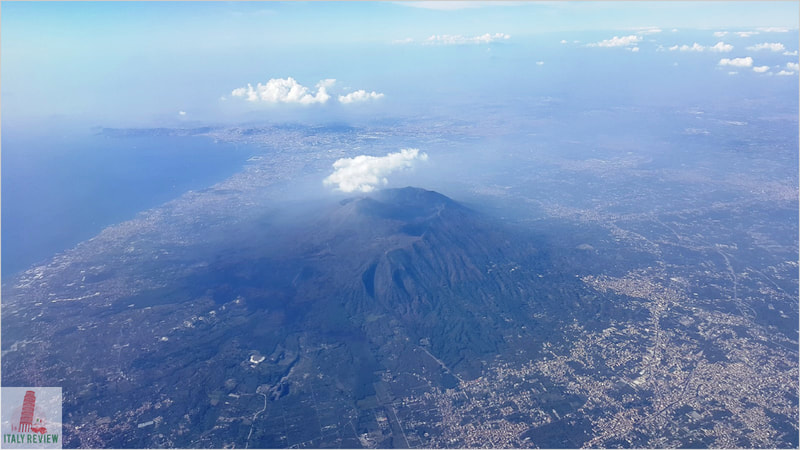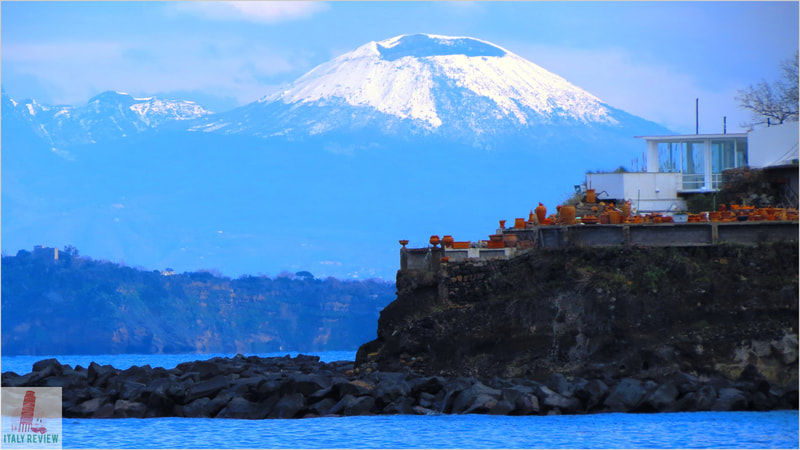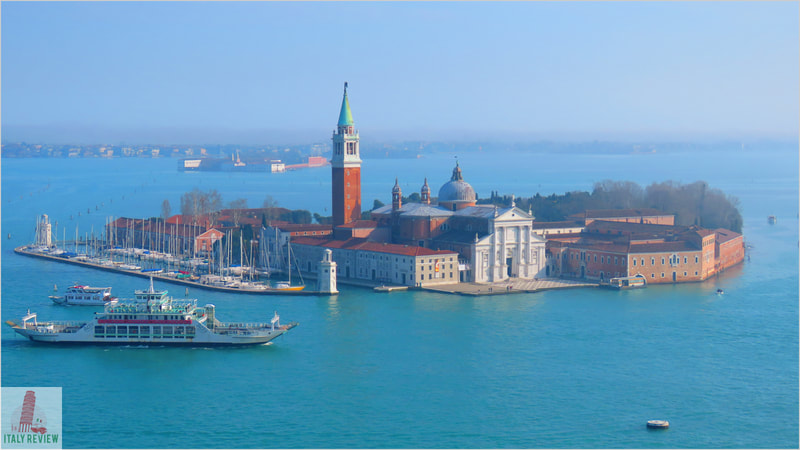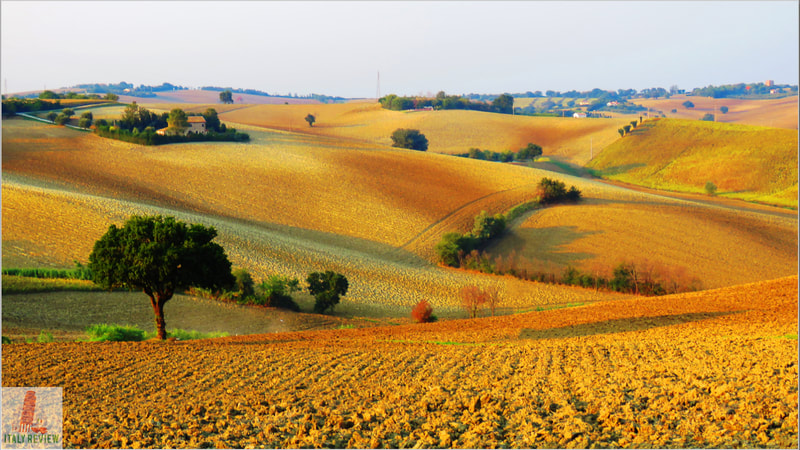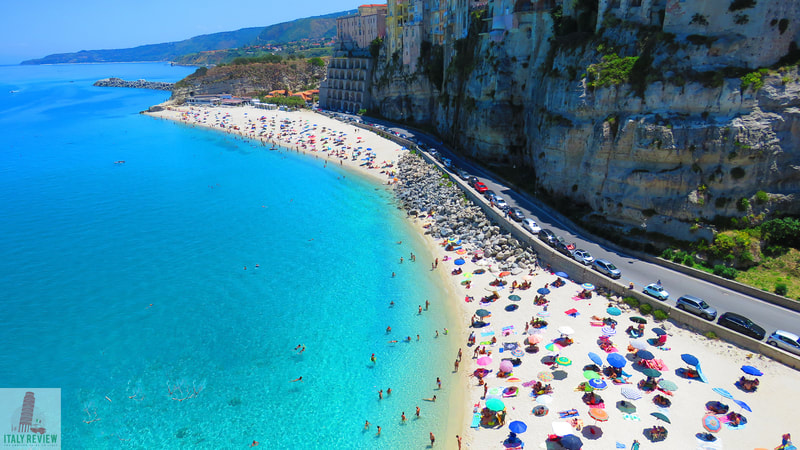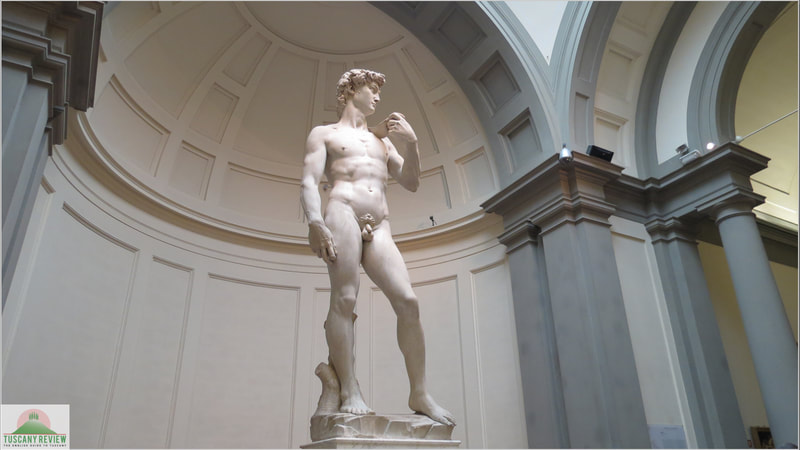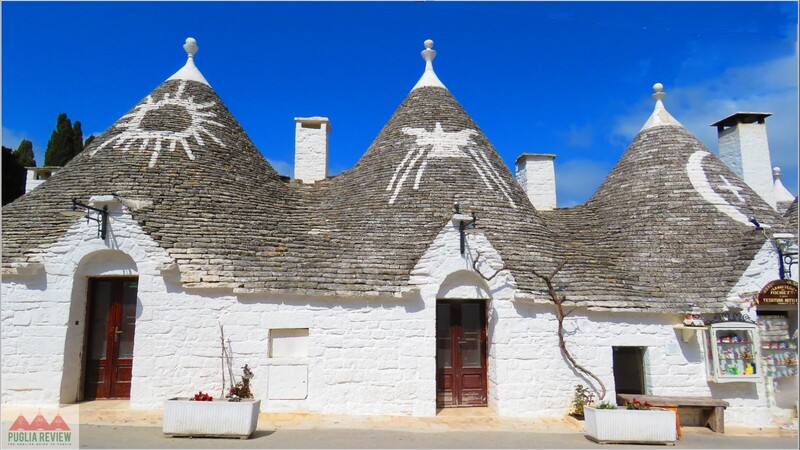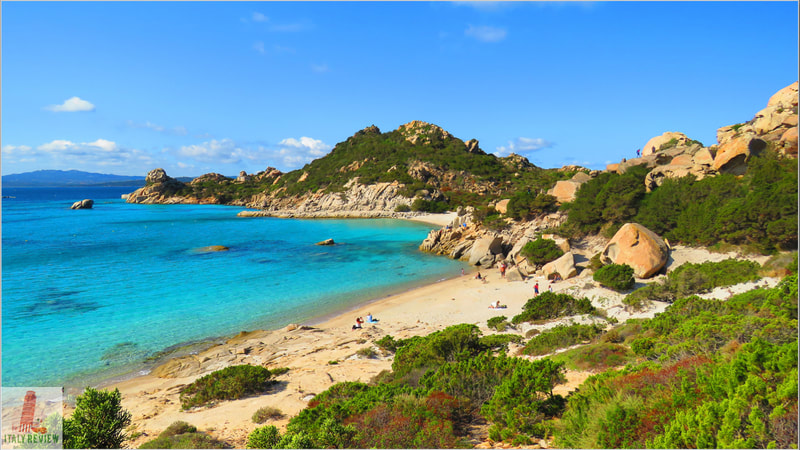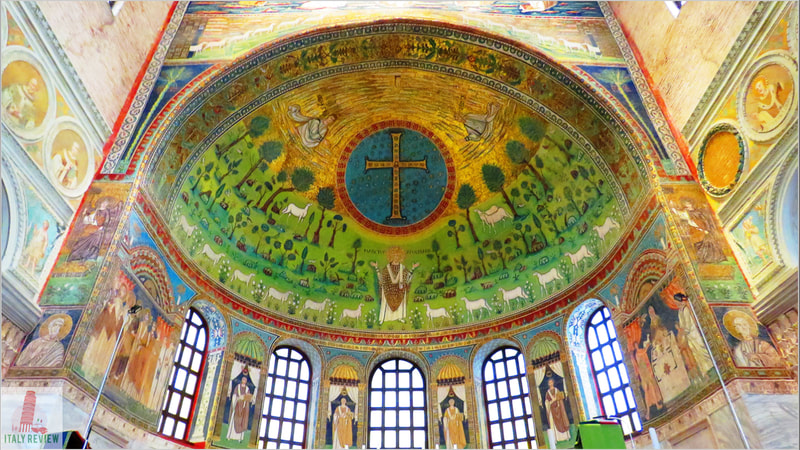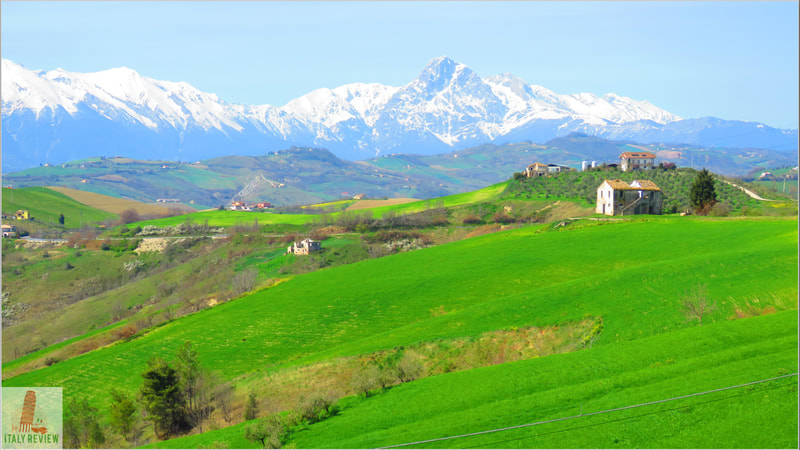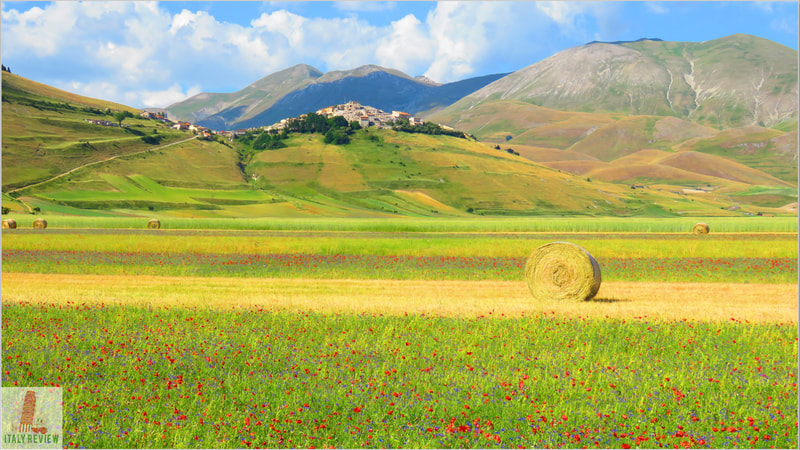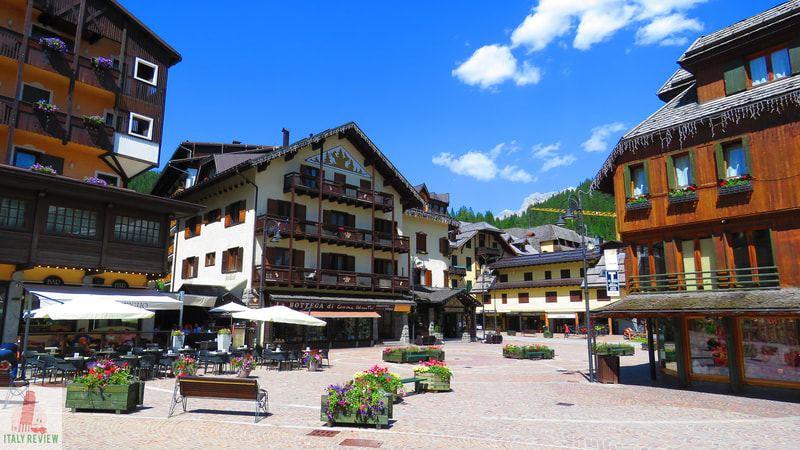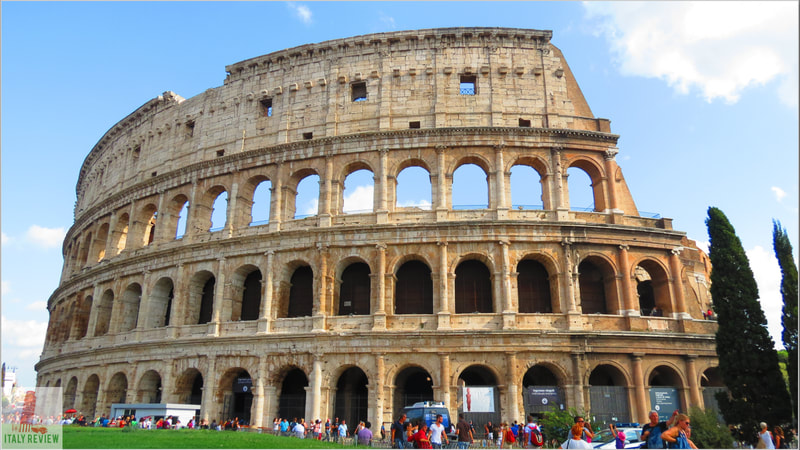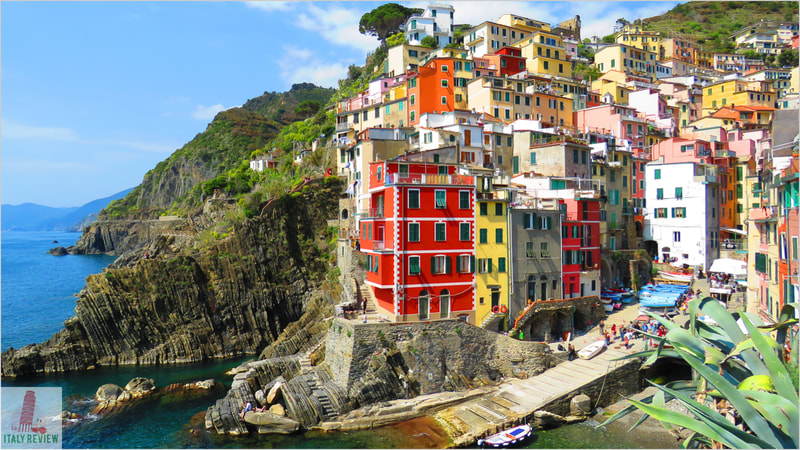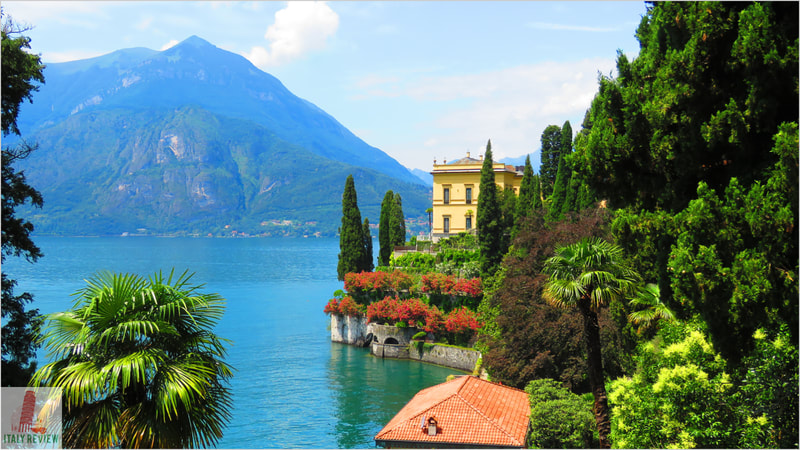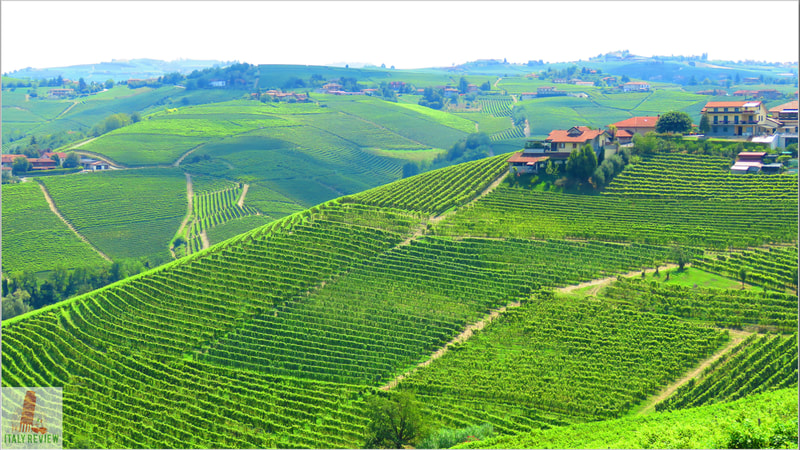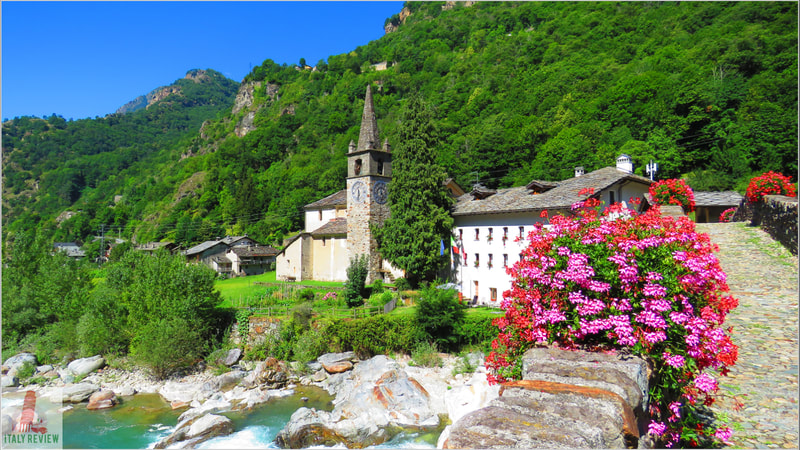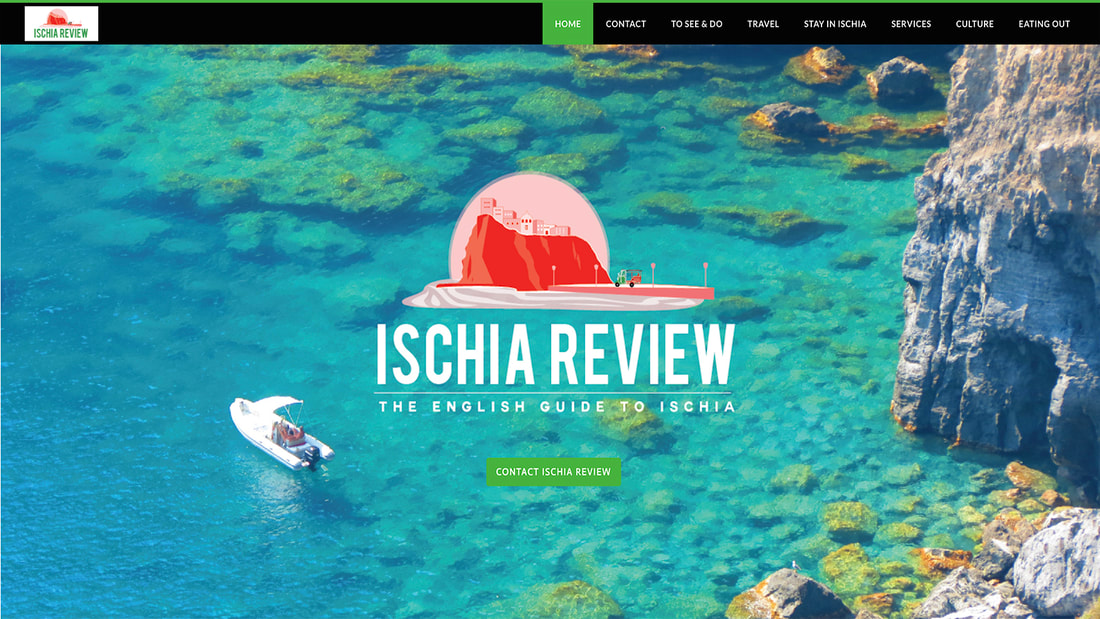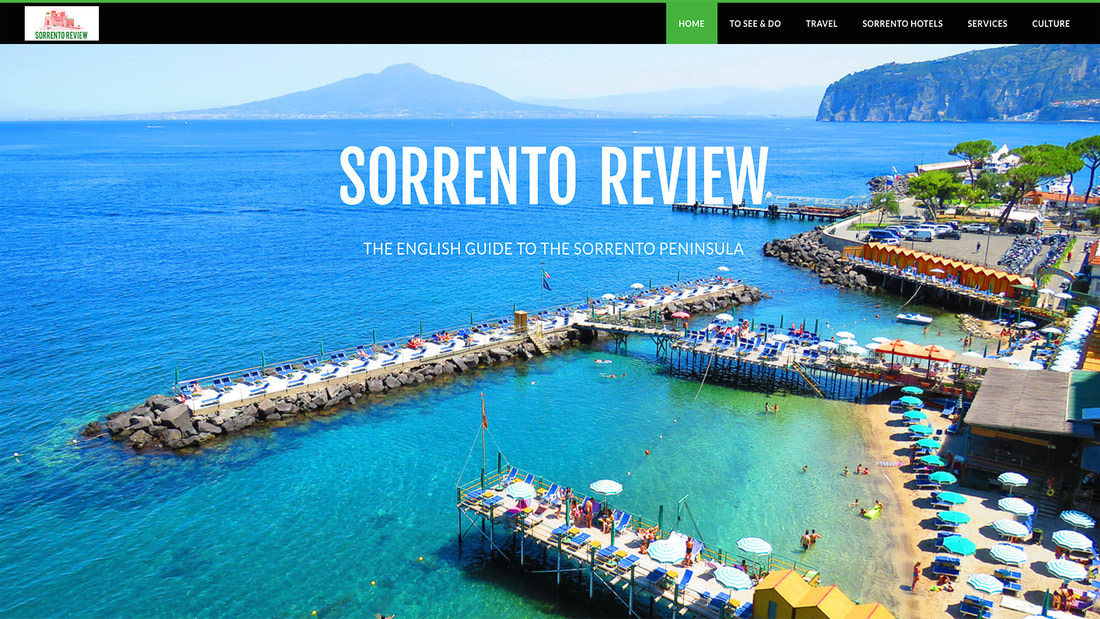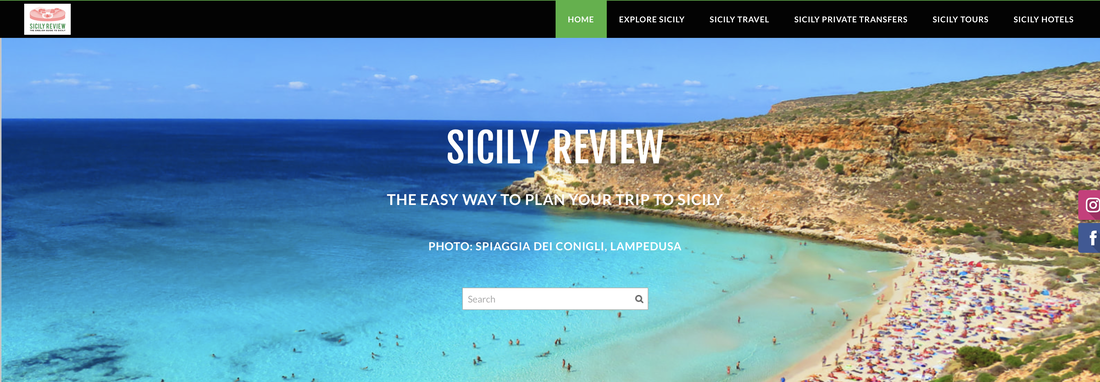Mount Vesuvius
|
By Dion Protani
|
Latest update: 21 January 2024
|
|
The Vesuvius National Park and Mount Vesuvius itself are situated within the Metropolitan City of Naples province. and covers a total geographical area of 135 square kilometres.
Places of interest nearby include the archaeological sites of Pompeii, Herculaneum, Villa Oplontis and Stabiae, while Naples International Airport is 16 minutes away by car, 14 kilometres. |
Related links
Profile
Mount Vesuvius is one of the most famous volcanoes in the world and holds a significant place in history. It is located near the city of Naples in southern Italy and is part of the Campanian volcanic arc.
History
The history of Mount Vesuvius is best known for the devastating eruption in 79 AD that buried the ancient Roman cities of Pompeii and Herculaneum under layers of volcanic ash and pumice, preserving them for centuries.
Geological Background: Mount Vesuvius is classified as a stratovolcano, characterized by its steep slopes and alternating layers of lava, ash, and other volcanic materials. It is one of the few active volcanoes on mainland Europe and has erupted numerous times throughout history.
The most famous and catastrophic eruption occurred in 79 AD, known as the "Plinian eruption," named after the Roman writer Pliny the Younger, who documented the event.
Geological Background: Mount Vesuvius is classified as a stratovolcano, characterized by its steep slopes and alternating layers of lava, ash, and other volcanic materials. It is one of the few active volcanoes on mainland Europe and has erupted numerous times throughout history.
The most famous and catastrophic eruption occurred in 79 AD, known as the "Plinian eruption," named after the Roman writer Pliny the Younger, who documented the event.
Key features
- Visiting the Crater: Today, Mount Vesuvius is a popular tourist destination, attracting visitors from all over the world. The volcano is accessible to tourists, and many guided tours allow visitors to hike to the summit. From there, you can peer into the active crater and enjoy breathtaking panoramic views of the surrounding landscape and the Bay of Naples.
- Hiking Trails: There are well-marked hiking trails that lead to the summit of Mount Vesuvius. The hike takes around 30 minutes to an hour, depending on your pace and fitness level. It is a moderate hike, so comfortable walking shoes and appropriate clothing are recommended.
- Guided Tours: To make the most of your visit, consider joining a guided tour. Local guides provide valuable insights into the geology, history, and significance of Mount Vesuvius, enriching your experience.
- Pompeii and Herculaneum: While visiting Mount Vesuvius, don't miss the opportunity to explore the ancient ruins of Pompeii and Herculaneum, which were buried and preserved by the eruption in 79 AD. These archaeological sites offer a fascinating glimpse into Roman life during the first century.
- Safety Precautions: As an active volcano, safety measures are in place to ensure the well-being of visitors. The National Institute of Geophysics and Volcanology (INGV) continuously monitors the volcano, and if there are any safety concerns, access to the crater might be restricted.
- Timing: The best time to visit Mount Vesuvius is during the spring and autumn months when the weather is pleasant for hiking, and the views are clear. Summer can be hot, and the area may become crowded with tourists.
Monte Vesuvio
|
Province: Metropolitan City of Naples
Region: Campania Height: 1,281 metres Close by: Pompeii, Herculaneum, Naples, Villa Oplontis, Stabiae Fly to: Naples International Airport - 16 minutes (14.5 km) Recommended accommodation: Hotel Pompei Be Green (19 km) |

